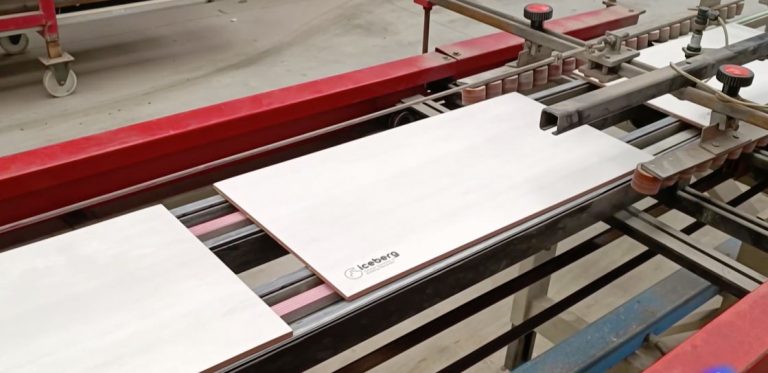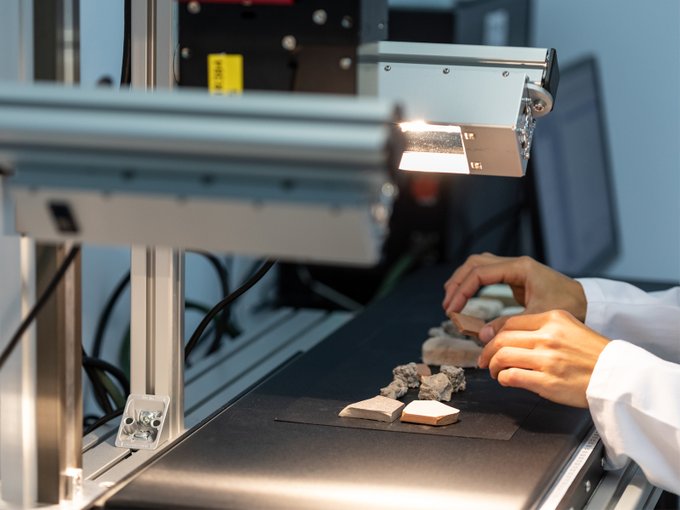The meeting, which will take place in Zamudio (Bizkaia) on October 5, 6 and 7, will provide an opportunity to review the progress made over the first two years.
The Basque Country will play host to the general assembly of partners of the ICEBERG project, which is headed by TECNALIA and in which 35 public and private organisations from ten European countries are involved. The face-to-face and online meeting is coordinated by Gaiker and will take place on October 6, 7 and 8 in Zamudio. It will provide a chance to review the progress made over the first two years of work dominated by the pandemic.
The ICEBERG project – acronym for Innovative Circular Economy Based solutions demonstrating the Efficient recovery of valuable material Resources from the Generation of representative End-of-Life building materials – is funded by the European Union as part of the Horizon 2020 Research and Innovation Framework Programme (contract 869336). It aims to tackle the recycling and recovery of some of the most common construction and demolition waste (CDW).
The objective of the project is to design, develop and validate innovative recycling systems and technologies, to make it possible to produce high-value recovered materials, that have a low level of impurities (less than 8%) and are safe. Validation will be carried out on an industrial scale by means of six case studies in different locations in Europe, covering the circularity of concrete, ceramics, wood, plaster, insulating foams and super-insulating materials. It also seeks to improve the reliability and acceptability of recycled materials from construction waste.
The project will last for four years and has a budget of 15,667,498 euros, of which the European Union is providing 12,997,935 euros. In the first half of the project, tools and technologies are being developed to improve the traceability, identification, separation, recycling and reuse of materials from C&DW. The second part of the project will be dedicated to demonstrating these solutions in six case studies, by analysing their economic and environmental impact and their impact on workers’ health.





